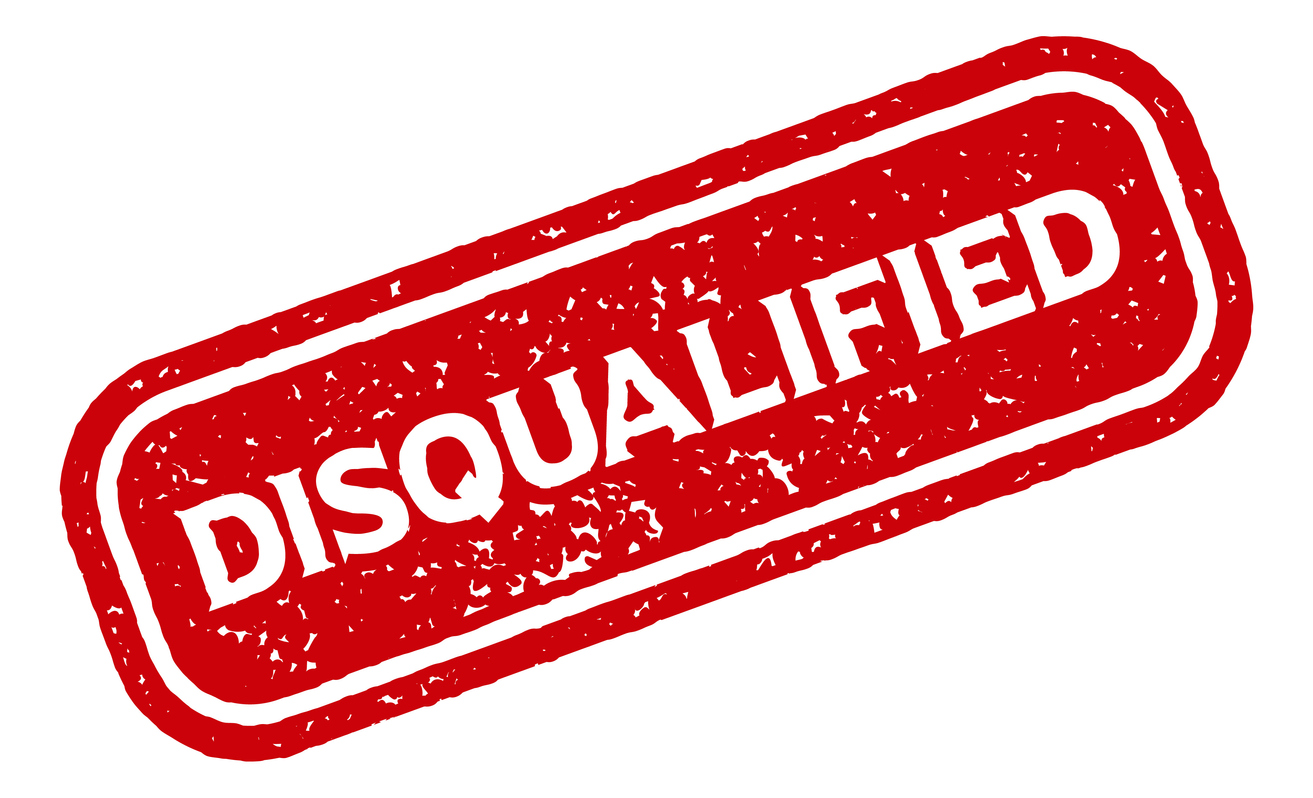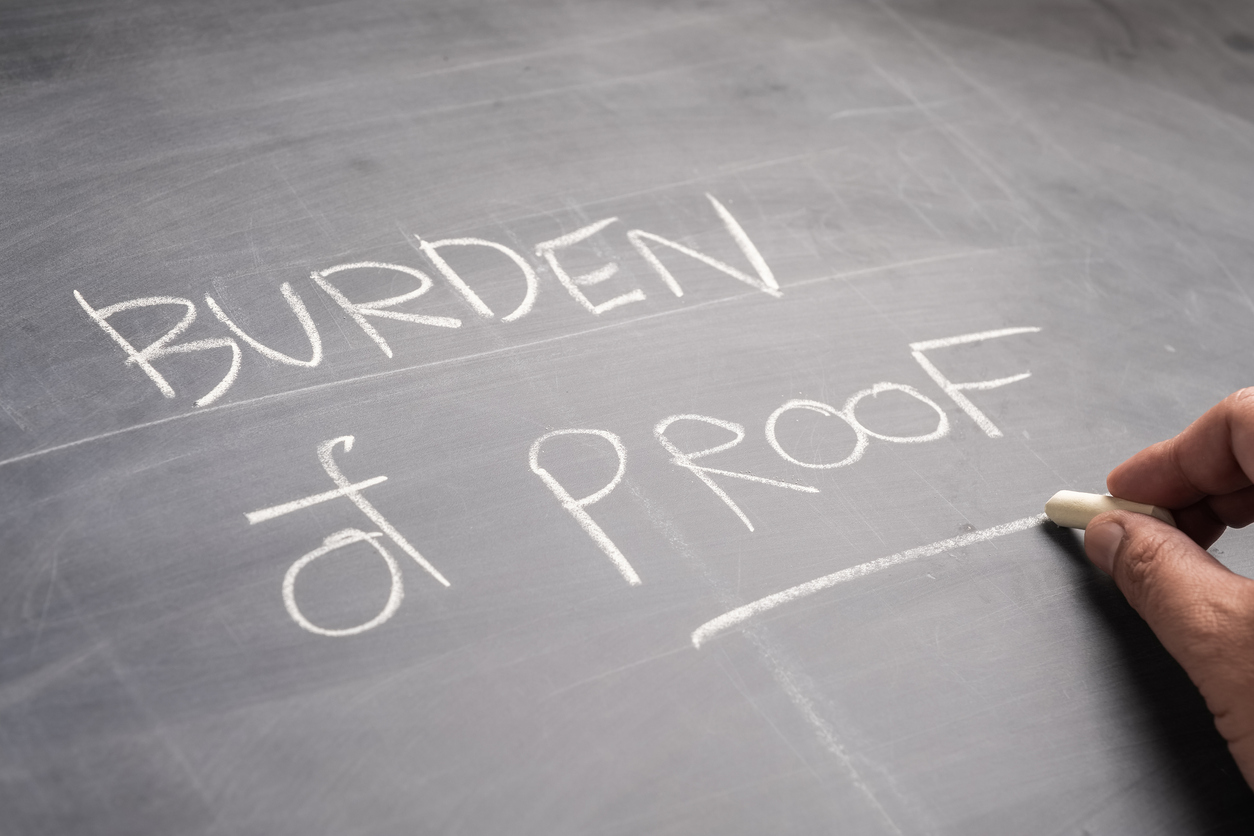While writing last week’s post, Texas Windstorm Insurer Settles 2,400 Hurricane Ike Slab Claims, I almost quoted Texas attorney Steve Mostyn, who explained that Texas law really left no other rational choice. Burdens of proof are crucial when it comes to close cases, and Texas places a unique and difficult coverage burden on policyholders. An article in the Houston Chronicle titled Windstorm Insurer to Settle Some Ike Cases quoted Mostyn:
Policyholder attorneys agreed to settle the cases, in part, because of a legal requirement that shifts the burden to plaintiffs to prove how much damage was caused by wind, since the destruction also could have been caused by water.
"At the end of the day it’s going to be difficult," Mostyn said, noting attorneys were able to use models to show at least about 30 percent to 40 percent of damage was from wind. "I don’t like the way the law is, but it is what it is." (emphasis added)
While Mostyn and I may have our differences regarding the slab claims in Galveston and Bolivar, I agree with his statement regarding Texas insurance law and the resolution of the claims in the manner we reached. I discussed this legal problem over a year ago in Causation Issues to Note in Texas Property Insurance Coverage Disputes-Part II.
Texas Courts apply antiquated insurance law which predates the development of the all-risk insurance policy. Texas insurance law fails to recognize the accompanying change in the burden of proof that is inherent in the all-risk policy. Every adjuster is taught–as basic insurance adjustment–that the insurer bears the burden to show the exclusion and amount of damage excluded from coverage under an all-risk policy. Indeed, most insurance claims departments teach their adjusters to "give the benefit of the doubt to their policyholder" in close situations.
The Texas legislature tried to fix this problem over a decade ago, and in Wallis v. United Servs. Auto. Ass’n, 2 S.W.3d 300, 303-304 (Tex. App. San Antonio 1999), the policyholders made the same argument I would make today:
The Wallises contend that the insured’s burden to segregate damages has been legislatively overruled by article 21.58 of the Texas Insurance Code. Pursuant to article 21.58, USAA had the burden to establish what part of the Wallises’ damage was caused by an excluded peril.
Unfortunately, they lost. The Texas jurists are seemingly intent on applying reasoning that involves named-peril policies without noticing that the insurance industry changed its product more than sixty years ago. The changes were made, in part, to avoid this legal causation problem. It is as if the Texas insurance causation law is stuck in a place that used to exist a long time ago and refuses to change. It makes me think of a movie:



